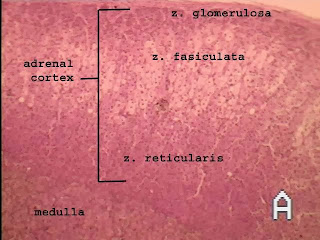Anorexia nervosa is an eating disorder that causes people to obsess about their weight and the food they eat. People with anorexia nervosa attempt to maintain a weight that's far below normal for their age and height. To prevent weight gain or to continue losing weight, people with anorexia nervosa may starve themselves or exercise excessively.
Physical signs and symptoms of anorexia include:
Extreme weight loss
Thin appearance
Abnormal blood counts
Fatigue
Insomnia
Dizziness or fainting
A bluish discoloration of the fingers
Hair that thins, breaks or falls out
Soft, downy hair covering the body
Absence of menstruation
Constipation
Dry skin
Intolerance of cold
Irregular heart rhythms
Low blood pressure
Dehydration
Osteoporosis
Swelling of arms or legs
Emotional and behavioral characteristics associated with anorexia include:
Refusal to eat
Denial of hunger
Afraid of gaining weight
Lying about how much food has been eaten
Excessive exercise
Flat mood (lack of emotion)
Social withdrawal
Irritability
Preoccupation with food
Reduced interest in sex
Depressed mood
Possible use of laxatives, diet aids or herbal products

